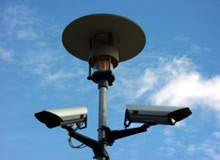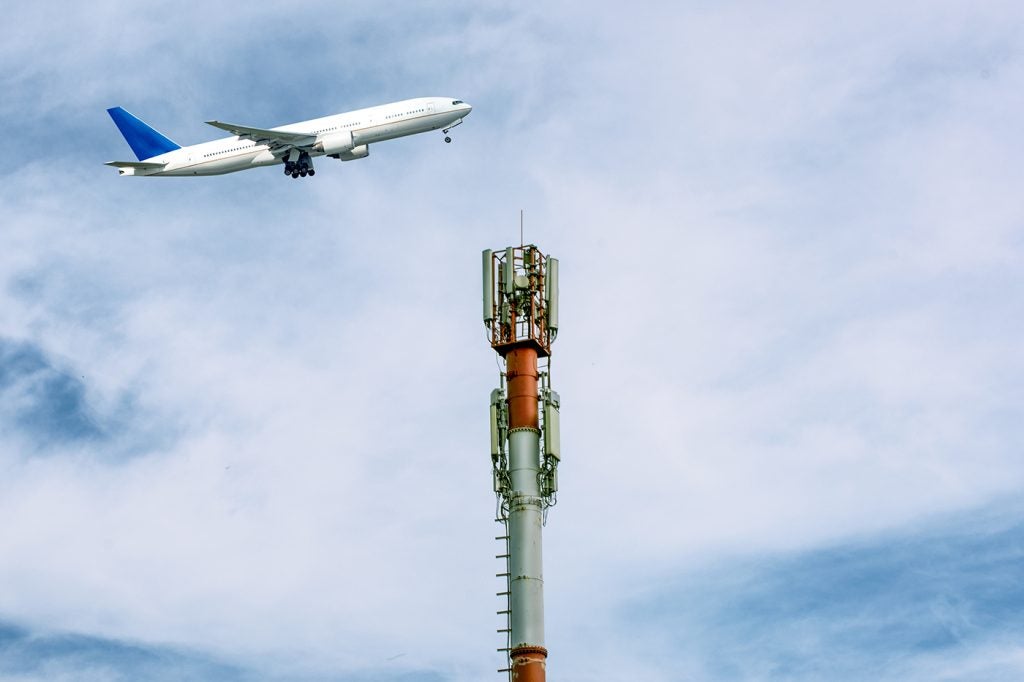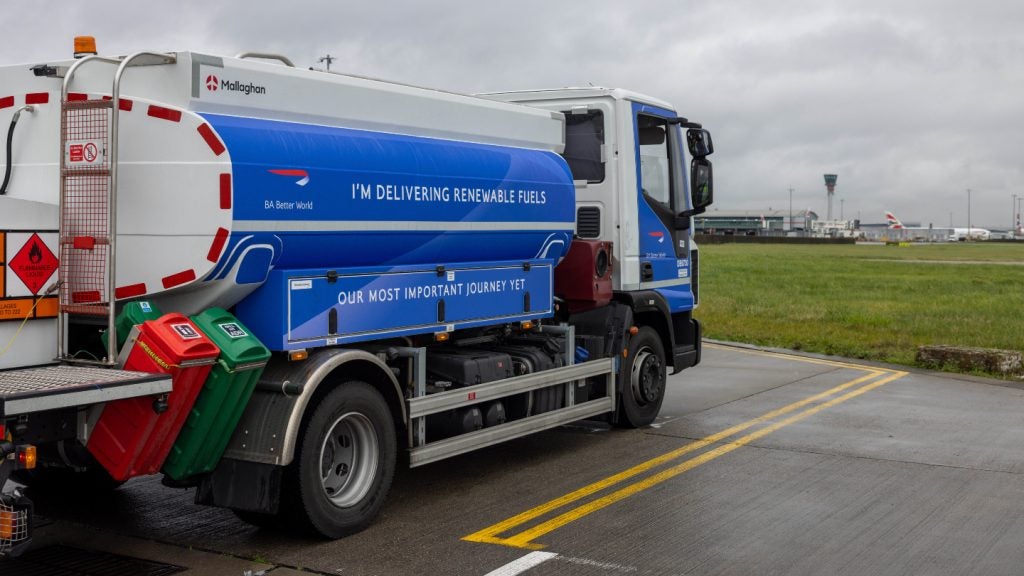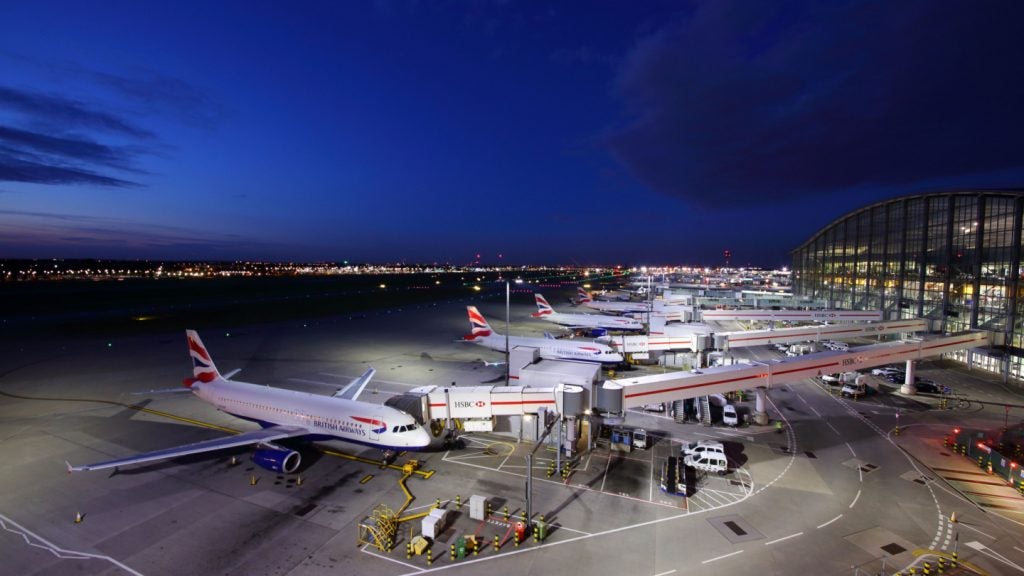
London Heathrow is one of the busiest airports in the world and an essential component of the UK economy. But poor reports, stories of mismanagement and the airport’s desire to grow have raised questions about the state of play at Heathrow airport, and concern over the airports numerous growing European competitors.
For example, in recent news reports, the airport, which handles 68 million passengers a year, and operator BAA have both come under fire for a variety of complaints that have lead to customers giving it a poor overall ranking. Opponents use this in arguments drawing on the fact that the BAA has a ‘monopoly’ over London airports Heathrow, Gatwick and Stansted and also Southampton (overall 90% of London air-traffic and the same for that in the South East).
The competition commission, following a report by the Office of Fair Trading (OFT), is now considering the future operation of the airport. Depending on its review, BAA could end up removed from the Heathrow equation (although this is extremely unlikely).
Despite the outcome, all eyes will be on the report, due out this year, which will show whether or not Heathrow is at fault for complaints from passengers and airlines (including delays at security with overlong queues), overcrowding, poor signage, poor cleanliness, lost baggage (up to 22,000 bags a month are lost), flight delays and the high cost of landing fees.
IS BAA BAD FOR HEATHROW?
See Also:
This does not mean Heathrow Airport is in any way bad for the UK. Over recent years Heathrow has grown, becoming a veritable ‘city’ with four terminals and one about to open in March – the famed terminal five. This colossal growth has all come under BAA.
How well do you really know your competitors?
Access the most comprehensive Company Profiles on the market, powered by GlobalData. Save hours of research. Gain competitive edge.

Thank you!
Your download email will arrive shortly
Not ready to buy yet? Download a free sample
We are confident about the unique quality of our Company Profiles. However, we want you to make the most beneficial decision for your business, so we offer a free sample that you can download by submitting the below form
By GlobalDataHeathrow employs about 70,000 personnel, and when you take into account its larger community, the facility itself employs a total of 170,000 people making it a truly vital part of London’s economy.
Heathrow Airport managing director for BAA Mark Bullock says the airport realises what a large part it has to play in the scheme of this, and says improvements are planned to help ease user concerns. These issues will also have to be resolved if Heathrow is to receive its much-called-for third runway.
Bullock says a lot of Heathrow’s efforts – apart from T5 – are on upgrading existing terminals and the services passengers use once they arrive there. “Over the next five years or so, most of the passengers using this airport will be coming through facilities that don’t exist today,” Bullock says.
“There is a big investment from BAA in T3, for example, to improve the traffic flows and also its appearance. The exterior of T3 and T5 will come onboard in March (2008) and then we embark upon a long journey of transforming the whole of the airport.”
T1 and T4 will be refurbished along with the remaining parts of T3 and eventually, T2 will be demolished to make way for a new terminal building equivalent to the standard of T5.
About £12m is being spent over this first half of the year alone on short-term measures such as painting and general improvements to increase the atmosphere in these older terminals while this work is carried out.
ISSUES BEYOND THE SURFACE
But BAA’s issues go well beyond aesthetics. Passengers are concerned about queues also investing in resources to help reduce queues and security regulations. But of late, thanks to millions being invested in services and technologies to help reduce queues, Heathrow’s figures don’t appear too bad.
Looking at the performance of the airport during the summer, queue performance was excellent. In July, 96% of the time queues were less than ten minutes long. During August (a record month for passenger numbers) for 98% of the time central search queues were less that ten minutes with excellent queue performance.
Bullock says the airport has recruited hundreds of new security officers to do more work and searches and increased security lanes, machines and detectors. It has also introduced new technology: Heathrow is currently rolling out the aTix machine from Smith Detection, the latest X-ray equipment able to detect explosives and liquids in baggage.
“In terms of resilience and the day-to-day kind of consistency of service we think we’re doing really well. We are working hard to make it better and improve passenger service,” Bullock says.
DOES IT JUSTIFY ANOTHER RUNWAY?
Heathrow is one of Europe’s busiest airports but it only has two parallel runways operating at around 98% capacity. Its European rivals such as Munich, Schipol, Charles de Gaulle and Frankfurt, have runways only operating at an average of 75% capacity.
If Heathrow is to maintain its position in Europe’s airport hierarchy it needs a third runway in the long term and to operate mixed mode (where the two runways are used both for take-offs and landings) on its runways in the short term which will increase capacity from 473,000 operations a year to 573,000.
According to Bullock, this means Heathrow will have ample terminal capacity but too little runway capacity to keep up with demand.
Heathrow’s two runways currently operate on segregated mode. Mixed-mode flying, on the existing runways, in the presence of T5 and added capacity is an option, however, it may not suffice in the light of further growth.
In the 2003 UK Department of Transport white paper titled ‘The Future of Air Transport’, a third runway at Heathrow was not considered environmentally feasible and consequently the government ruled out, at that time, a full-length third runway favouring a shorter runway to the north of the existing airport.
One of the objections to T5 had been that it would attract fresh traffic that would demand an additional runway. Theoretically a new 2,000m third runway operating in mixed mode would allow the airport to handle up to 720,000 movements a year. BAA has said: “The economic benefits for the wider economy of a third runway at Heathrow are estimated to be £7bn a year or £30bn by 2030.”
One of the most fervent campaigners for the future of Heathrow is Lord Soley of Hammersmith. In a speech to the Town and Country Planning Conference at Manchester Airport in November 2006 he announced: “I first became concerned about the future of Heathrow in 1999 when I warned in a Parliamentary question that Heathrow could collapse like the London docks unless we addressed the issue of expansion – but expansion in the context of modernisation and greater sustainability… Yet people still say the future of Heathrow is safe because of the high volume of passengers.”
Soley used the example of the London docks in the 1960s, which were beating all previous records in terms of imported tonnage. By 1980 every one of them was closed due to constraints with technical and economic change.
“Now that Munich has overtaken Heathrow in the number of destinations served, [which has pushed Heathrow back] into fourth place in Europe, people are beginning to pay attention. Soon Milan, Rome and Madrid will overtake us pushing Heathrow into eighth position in Europe,” Soley says.
A consultation plan for the controversial third runway has been drawn up. The runway’s main opponents are residents living under the flight path for planes landing at the airport, and environmentalists, concerned over air traffic’s increasing carbon footprint. A government decision is expected to be made on the runway later this year.
But whatever way you look at it, how Heathrow fares in this latest round of reports, and the success of its work in and outside of the terminal will all have an affect on the final say. It may be one of the busiest airports in the world, but air traffic everywhere is growing, and if it is not careful, Heathrow still could fall behind.







